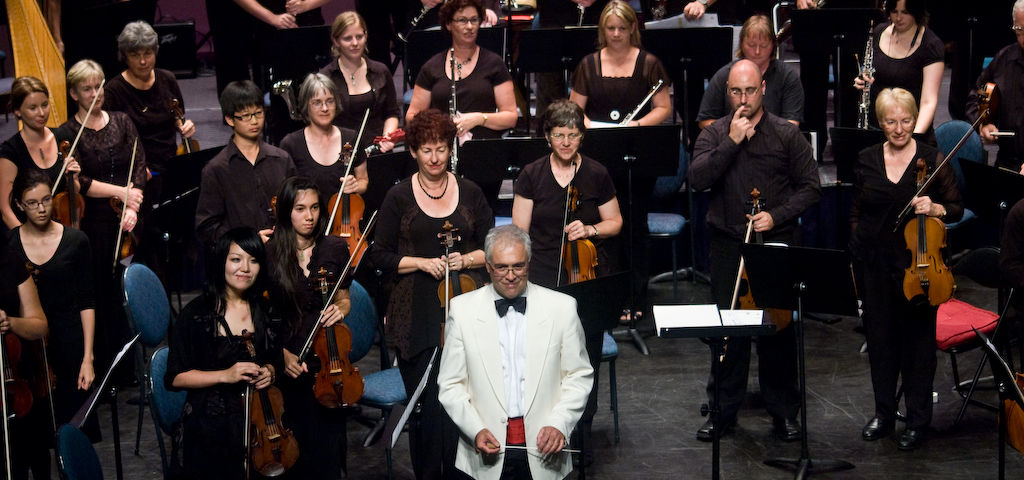
Will Your Organization Survive the Age of Disruption?
March 16, 2016Over the last few years, this country has become obsessed with the conversation about how you build High Performance Organizational Cultures – taking into account all the complex factors that impact the way our diverse populations work together in our society.
We have now many generational populations in the workforce, and the Millennials are a larger presence than the Baby Boomers. We are no longer an agrarian population – we are moving rapidly into our cities, and we are moving into a vertical world, verses moving to the suburbs.
The younger populations communicate in totally different ways than earlier generations were able to, and the speed of change in all elements of our society is creating a whole new level of complexity in how individuals and organizations react, define, and respond to all of these factors.
I could go on, but I am sure you get my point.
In my research, reading hundreds of articles and books and reviewing countless online tutorials and podcasts directed at defining problems and concepts that focus on core cultures issues, a consistent goal is to refine possible behaviors that will ensure improved positive outcomes and produce a high level of collaboration.
In all these efforts, the most common metaphor for how to accomplish these improvements are supported with sports oriented solutions, and organizational culture is framed in competitive “team” behaviors.
IT IS TIME FOR A NEW WAY TO DESCRIBE HOW THESE CHANGES SHOULD BE MANAGED –
WE ARE MORE LIKE AN ORCHESTRA THAN A SPORTS TEAM.
At the age of 14 my mother decided that I needed to play an instrument, because in Nebraska you either played in a band or you sang in a choir – I did both.
My mother had me learn to play the clarinet, and I took private lessons for over 7 years. When I joined the high school orchestra, I was the #2 chair in the 9 player clarinet section. You earned your seat based on a system where you and another player would go into a practice studio and each of you would play from a chosen piece of music. The winner was chosen by the members of the orchestra. Having the #1 or #2 seat was a cause for pride, but each player in the clarinet section was contributing their individual music to the larger experience.
The strength in an Orchestra comes from the diversity and interplay between different instruments, and the power of an Orchestra to move its audience comes from how the different sounds from each of the instruments create a larger field of music.
The composer creates a roadmap for how all of these sounds collaborate in a way that creates a compelling and dramatic outcome. Then the conductor manages the pace and subtleties of the music.
This metaphor, I believe, does a much better job of helping to define the answer to:
HOW TO SURVIVE
THE AGE OF DISRUPTION
THE ANSWER
The Communication is the music that it creates – the individual musicians have a high level of personal skills, but there is a sheet of music that is the formal approach to blending all of the diversity into a unified sound.
The conductor helps lead the musicians in setting the pace and evoking the subtleties in the piece of music.
And finally, there is the feeling of belonging in a complex relational collaboration, that is creating an incredible outcome.
ISN’T IT THE SAME SENSE OF ACCOMPLISHMENT THAT ANY HIGHLY DIVERSE ORGANIZATION MIGHT HAVE IF WORKING WITH A GROUP PRODUCED THE SAME FEELINGS?
The goal of any organization should be the same…
Create an All-In Culture by:
CREATING COMMUNITIES OF HIGHLY SKILLED COMMUNICATORS
Read on to find ways of building these types of Organizational cultures


